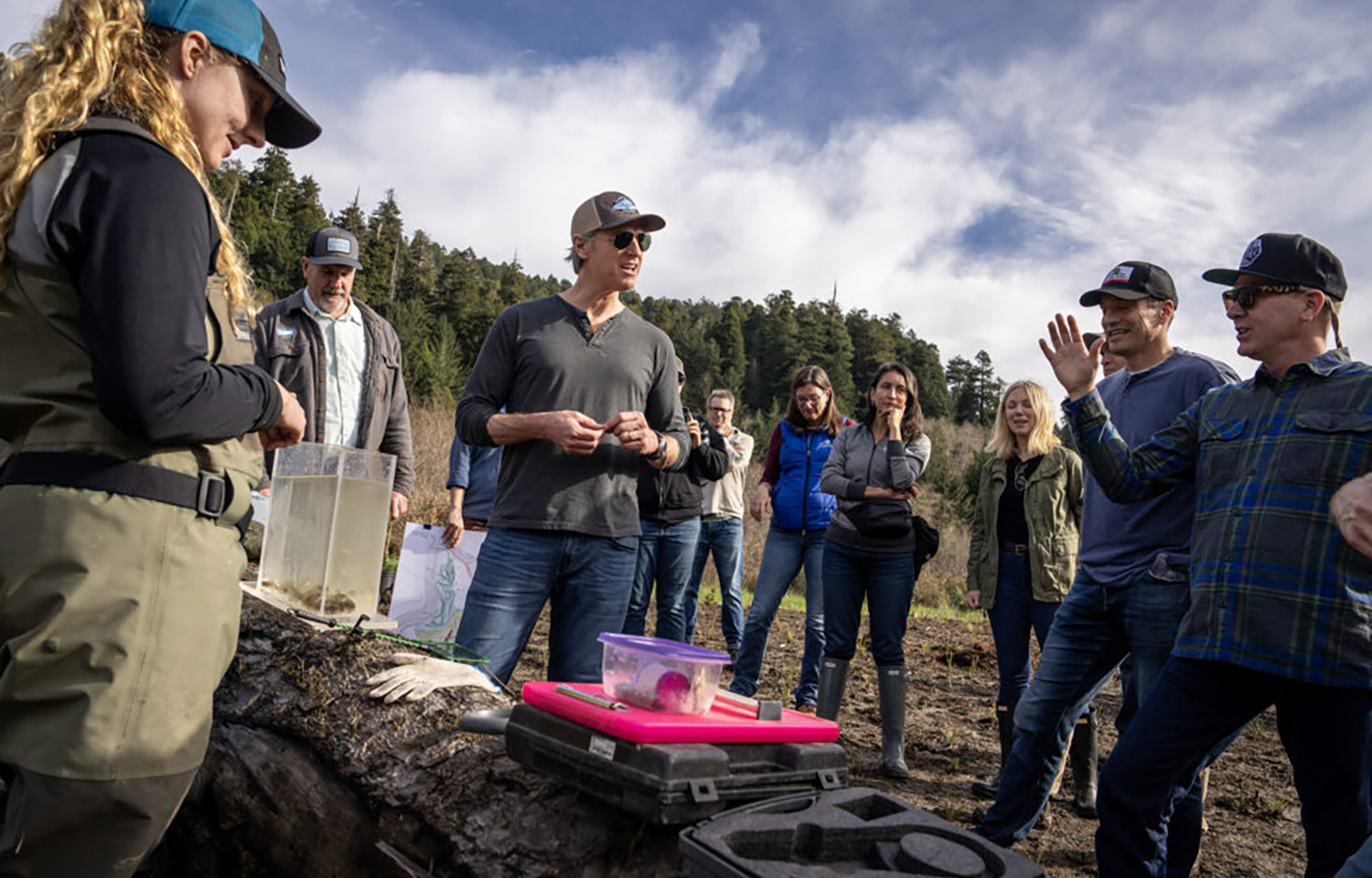The California Department of Fish and Wildlife (CDFW) has awarded USD 50 million (EUR 46 million) in grants to support habitat restoration across the state, including multiple projects that will directly support rebuilding salmon populations.
“These new investments are a key component to how we will restore California’s salmon population for the long term, and we’re doing it in partnership with the local communities and tribes who have been dealing with these issues for generations,” California Governor Gavin Newsom said in a statement.
The USD 50 million in grants will support 15 projects, including:
- USD 3.3 million (EUR 3 million) for Winnemem Wintu Tribe participation in McCloud River salmon restoration projects;
- USD 1.6 million (EUR 1.5 million) for McCloud River Winter-Run Chinook Salmon reintroduction implementation, and monitoring;
- USD 6.6 million (EUR 6 million) for a juvenile salmonid collection system;
- USD 1.3 million (EUR 1.2 million) to support coho salmon in the Shasta River;
- USD 2 million (EUR 1.8 million) to bring southern steelhead back to the Los Angeles River;
- USD 2 million (EUR 1.8 million) for CDFW’s Beaver Restoration Program;
- USD 9 million (EUR 8 million) for Ackerson Meadow Restoration Project’s Phase 2 implementation;
- USD 1.4 million (EUR 1.3 million) for Corral Gulch Meadow restoration;
- USD 1.3 million (EUR 1.2 million) for Sugar Creek Ranch acquisition;
- USD 437,000 (EUR 403,000) in supplemental funding for Shiloh Ranch Regional Park Riparian Restoration;
- USD 9 million (EUR 8 million) for Feather River Sturgeon and Salmon Passage Project;
- USD 750,000 (EUR 692,000) for delta islands and levees;
- USD 825,000 (EUR 761,000) to Putah Creek bypass for salmon passage at Los Rios Check Dam;
- USD 1.2 million (EUR 1.1 million) for research into the cause, impacts, and treatments of Thiamine Deficiency in California salmon; and
- USD 9.7 million (EUR 9 million) for the Knightsen Wetland Restoration Project.
The awards are just one part of the USD 200 million (EUR 185 million) the Department of Fish and Wildlife has set aside for salmon restoration. Half of that funding is for emergency efforts to protect salmon from drought and climate change.
“Timing is everything, and we have an opportunity to address the unrelenting threat of extreme climate and weather patterns through supporting these projects,” CDFW Director Chuck Bonham said. “This support and collaboration from the restoration community is ensuring the long-term sustainability of our natural resources for generations to come.”
Some of the projects funded by the awards also support Newsom’s Salmon Strategy for a Hotter, Drier Future, which the state launched in January. The strategy lays out six priorities and 71 specific actions needed to restore California’s salmon populations.
“Salmon are an integral part of our shared history in California,” Newsom said in announcing the strategy. “Some of my youngest memories were of seeing the iconic fish up close with my father when I was growing up – an experience all Californians deserve. We’re doubling down to make sure this species not only adapts in the face of extreme weather but remains a fixture of California’s natural beauty and ecosystems for generations to come.”








